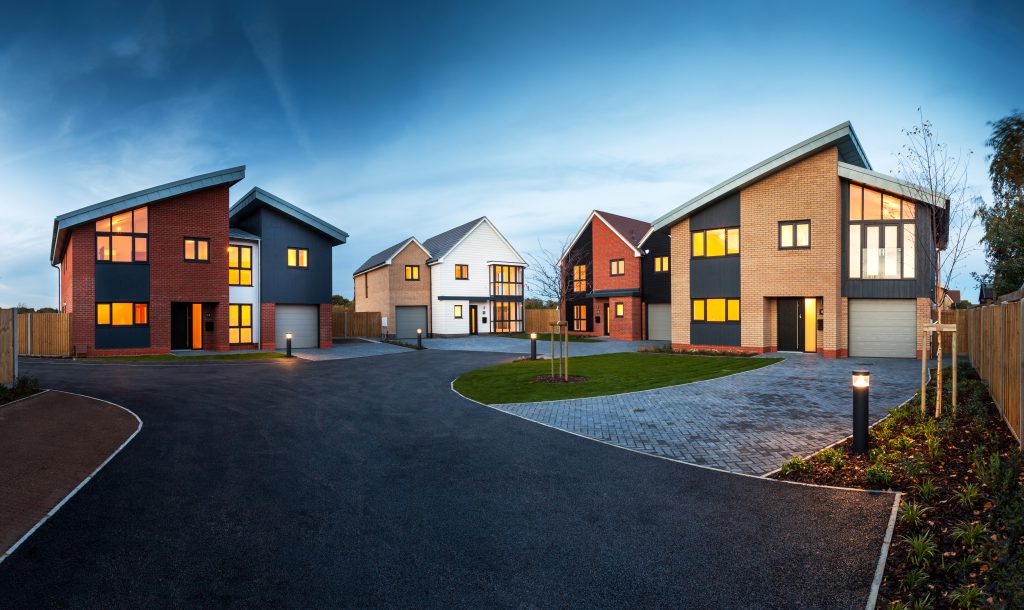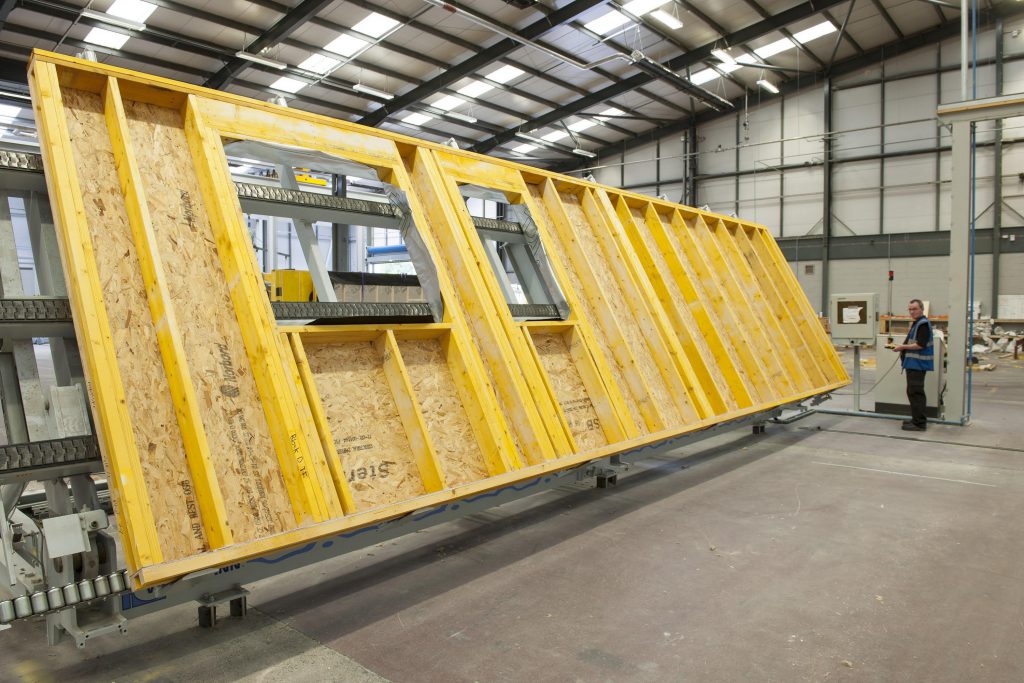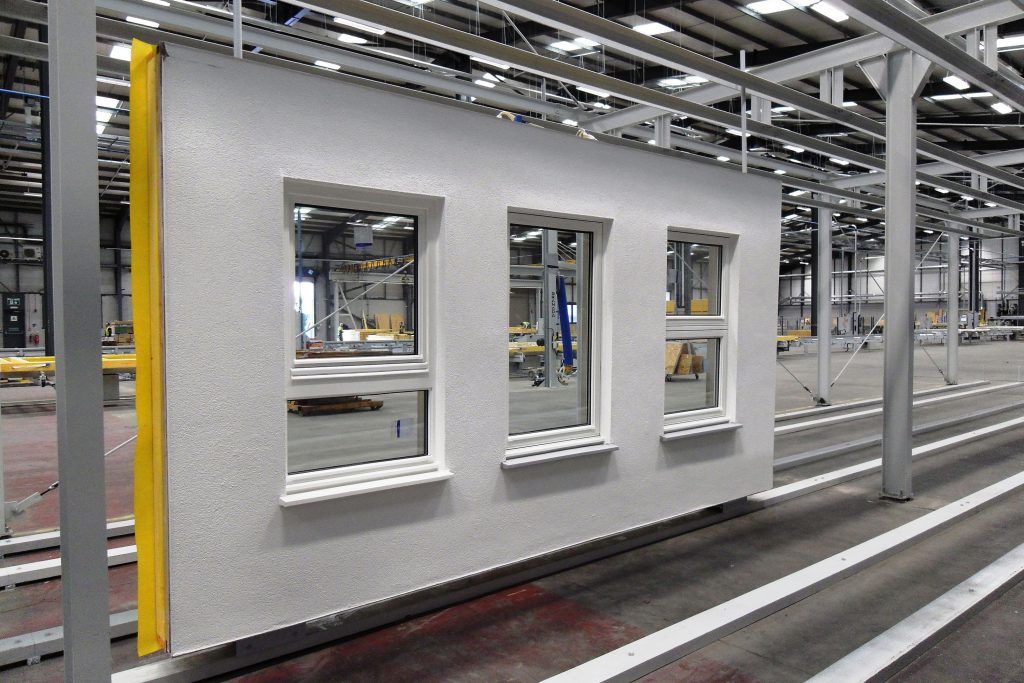
TIMBER FRAME
Timber frame accounts for around 23% of new home builds in the UK
In Scotland, however timber frame is the technology of choice for 85% of the housing market, and the STA strives to broaden the appeal of timber frame construction in England to support its members.
Offsite timber frame construction allows homes to be built faster and to a higher sustainability standard compared with traditional construction methods, making them more cost-effective to build and live in. Modern timber frame structures are precision-engineered, strong, and durable. The build method relies on a factory-manufactured timber frame as a means of structural support, carrying the loads imposed by the floors and roofs, before transmitting them to the foundations.

WHY USE TIMBER FRAME?
- Excellent sustainability properties
- Supports climate change agenda for Net Zero
- Offsite manufacture improves quality
- Clean and quiet during build process
- Speed of construction reduces build programmes
- Reduced vehicle movements to site
- Fully designed and engineered systems
- Fully tested to comply with regulations
- Tried and tested technology
OPEN PANEL

Open panel systems are structurally engineered panels that form the inside load-bearing leaf of the external wall, comprising studs, rails, sheathing on one face, and a breather membrane. Panels are made from treated softwood timber framing, over which a structural sheet material of either ply or OSB board is fixed. U-values ranging from 0.26 down to 0.15 W/m²K can be achieved depending on the configuration.
CLOSED PANEL

Made from studs, rails, and insulation, with sheathings and/or linings on the faces of the panel, closed panel construction features a vapour barrier on the warm side of the insulation and a breather membrane on the outer face. If desired, closed panel construction may also include fitted windows and internal service zone battens for ease of installation and construction. It also offers U-values from 0.25 down to 0.10 W/m²K.